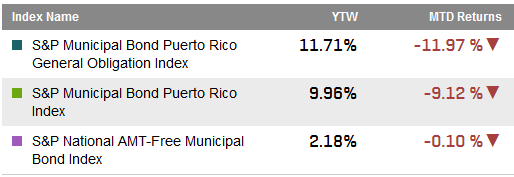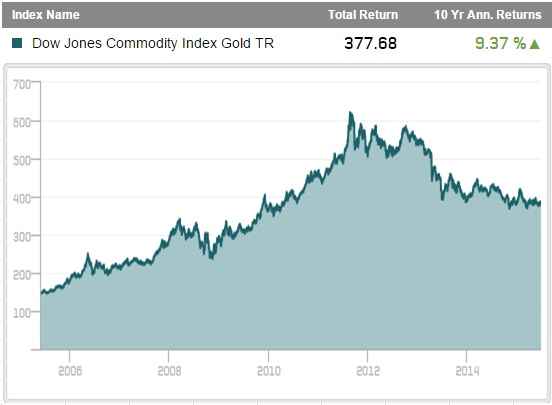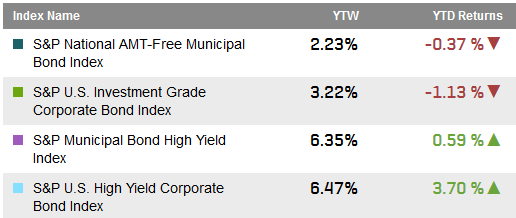All eyes are on Greece today, as government leaders indicated they will not be making the much awaited €1.7 Billion payment to the IMF. This comes after banks have been shut, strict capital controls have been set, and after Standard & Poor’s Ratings Services further downgraded Greek debt to CCC- , with a negative outlook. S&P Ratings said there is a 50% chance Greece will exit the Eurozone.
Greek PM Tsipras has decided to let the people decide via a referendum vote on July 5th. A “no” vote would indicate rejection of creditors’ latest proposal, likely causing Greece to be forced out of the Eurozone. While many were thinking that a last minute resolution to this crisis would come through in the 11th hour, Greece’s brazen moves are loudly bursting that bubble of hope.
Some say a Greek exit out of the Eurozone would be significantly less impactful today than a few years ago, yet it’s an increasingly likely reality that, ultimately, no one wants to deal with. As of Monday, European and US leaders, while acknowledging the lesser impact, are still urging a deal. Whether or not creditors are willing to relax their demands is another question. The markets are choosing to play it safe however, and reacting as expected, with the reduction of risk.
Greece’s government bond market took a massive hit on Monday with the S&P Greek Sovereign Bond Index yield widening 471 bps, going from 11.48% on Friday to close at 16.197% on Monday. Despite Spain’s economy minister trying to reassure the markets that the fear of contagion into Spain is significantly less than three years ago, Spain’s government bond markets declined on Monday as well. The S&P Spain Sovereign Bond Index yield widened 20bps to close at 1.52%. The S&P Italy Sovereign Bond Index and the S&P Portugal Sovereign Bond Index widened 23bps. Germany, viewed as a bond market safe haven, saw its bond market rally in contrast, with the S&P Germany Sovereign Bond Index tightening 8bps from Friday’s close.

















































